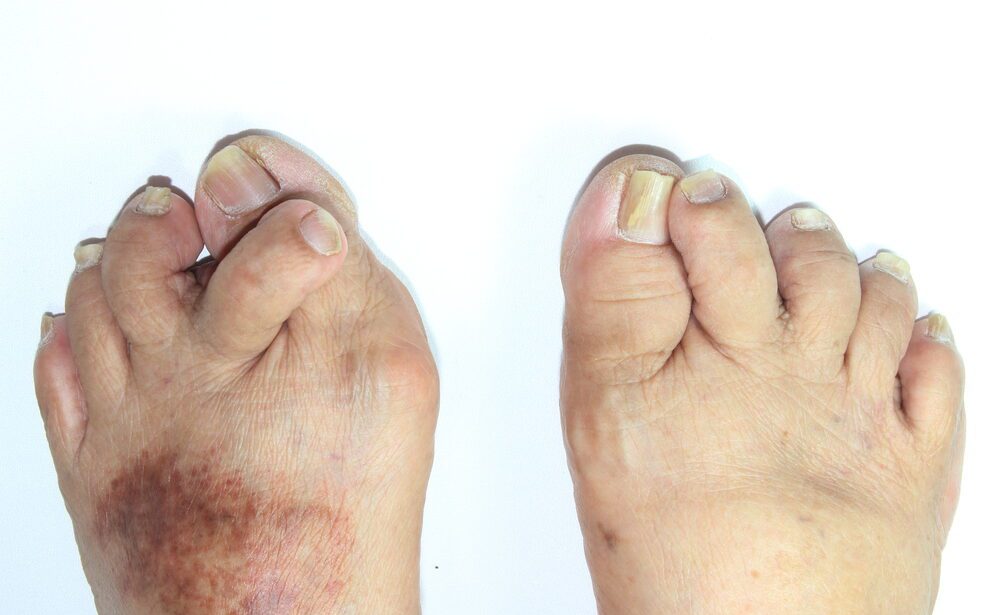Overlap Disorders
Overlap disorders are conditions in which a patient exhibits features of two or more autoimmune diseases. This can complicate diagnosis and treatment as the symptoms and disease processes may overlap, making management challenging. These disorders can affect multiple systems in the body and often require a multidisciplinary approach to care.
Common Overlap Disorders:
1. Mixed Connective Tissue Disease (MCTD)
- Description: A condition characterized by features of systemic lupus erythematosus (SLE), scleroderma, and polymyositis.
- Symptoms:
- Raynaud’s phenomenon (cold-induced color changes in fingers)
- Swelling and pain in joints
- Muscle weakness
- Skin changes (thickening or discoloration)
- Esophageal motility issues
- Diagnosis:
- Positive anti-U1 RNP antibodies in blood tests
- Clinical evaluation of symptoms from multiple diseases
- Treatment:
- Corticosteroids for inflammation
- Immunosuppressive agents (e.g., azathioprine, methotrexate)
2. Systemic Lupus Erythematosus (SLE) with Sjögren’s Syndrome
- Description: An autoimmune disease characterized by SLE symptoms along with dry eyes and mouth due to Sjögren’s syndrome.
- Symptoms:
- Fatigue, joint pain, and rashes (SLE)
- Dry eyes, dry mouth (Sjögren’s)
- Increased risk of kidney involvement
- Diagnosis:
- Positive ANA and specific autoantibodies (e.g., anti-dsDNA for SLE)
- Schirmer’s test for tear production (to assess dry eyes)
- Treatment:
- Corticosteroids and immunosuppressants for SLE
- Artificial tears and saliva substitutes for Sjögren’s
3. Systemic Sclerosis (Scleroderma) with Polymyositis
- Description: A condition presenting with features of scleroderma (skin thickening, organ involvement) and polymyositis (muscle weakness).
- Symptoms:
- Skin tightening and hardening (scleroderma)
- Muscle weakness and pain (polymyositis)
- Lung and heart involvement
- Diagnosis:
- Positive autoantibodies (e.g., anti-Scl-70, anti-centromere)
- Muscle enzyme tests (e.g., elevated creatine kinase)
- Treatment:
- Corticosteroids for inflammation
- Immunosuppressants for muscle weakness and skin involvement
4. Rheumatoid Arthritis (RA) with Systemic Lupus Erythematosus (SLE)
- Description: Patients may show signs of both rheumatoid arthritis and systemic lupus erythematosus.
- Symptoms:
- Joint pain and swelling (RA)
- Fatigue, rashes, and potential organ involvement (SLE)
- Diagnosis:
- Positive rheumatoid factor (RF) and anti-citrullinated protein antibodies (ACPA) for RA
- Positive ANA and anti-dsDNA antibodies for SLE
- Treatment:
- DMARDs (e.g., methotrexate) for RA
- Corticosteroids and immunosuppressants for SLE symptoms
5. Sjögren’s Syndrome with RA or SLE
- Description: Patients exhibit features of Sjögren’s syndrome along with symptoms of either RA or SLE.
- Symptoms:
- Dry eyes and mouth (Sjögren’s)
- Joint pain and swelling (RA or SLE)
- Fatigue and systemic involvement
- Diagnosis:
- Positive anti-Ro/SSA and anti-La/SSB antibodies
- Clinical evaluation for features of RA or SLE
- Treatment:
- Treatment focused on managing dryness (artificial tears, saliva substitutes)
- Immunosuppressants or DMARDs for RA or SLE
Diagnosis and Management:
- Comprehensive Assessment:
- Detailed medical history and physical examination
- Laboratory tests to identify autoantibodies
- Imaging studies as needed for organ involvement
- Multidisciplinary Approach:
- Coordination between rheumatologists, ophthalmologists, dermatologists, and other specialists
- Treatment Strategies:
- Use of immunosuppressive medications to manage inflammation and prevent organ damage
- Symptomatic management (e.g., pain relief, physical therapy)
Challenges in Management:
- Overlapping Symptoms:
- Difficulty in distinguishing between diseases can lead to delays in diagnosis and treatment.
- Complications:
- Increased risk of organ damage and complications due to multiple autoimmune processes affecting the body.
- Patient Monitoring:
- Regular follow-ups and adjustments to treatment plans are essential to manage symptoms and prevent disease flares.
Conclusion:
Overlap disorders represent a complex interplay between multiple autoimmune diseases, requiring a careful and tailored approach to diagnosis and treatment. Understanding the nuances of each condition is critical for effective management and improved patient outcomes.

